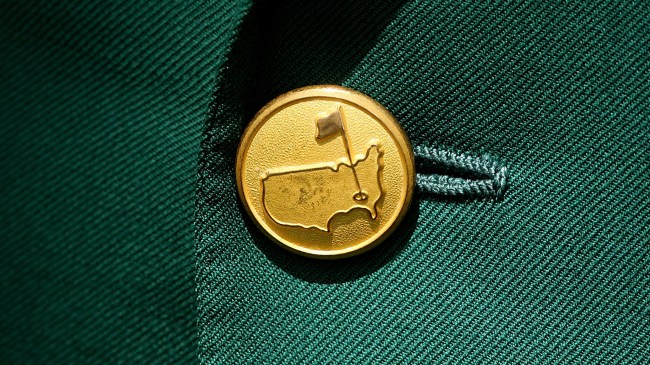
Getty Image
If you’re a fan of golf, you probably know there’s nothing like getting to devote your Sunday to watching a few players spend the final round jockeying for position at the top of the leaderboard.
Sure, there’s obviously something to be said for tournaments where the outcome is essentially predetermined by the time Saturday comes to a close thanks to a player absolutely dominating the rest of the field (like Tiger Woods did when he put on one of the most impressive performances in the history of The Masters in 1997).
However, those types of events tend to lack the level of drama we’re treated to when the leaders hit the back nine separated by a single stroke.
There have also been plenty of occasions where it seemed like one golfer had the win in the bag with 18 holes remaining only for things to take a very interesting turn when they saw things unexpectedly fall apart while a competitor managed to surge up the leaderboard.
Most golf fans are probably intimately familiar with the fairly epic collapse that unfolded at Augusta National Golf Club in 1996 courtesy of Greg Norman, who entered the final day of The Masters with a six-stroke lead only to shoot the 78 that allowed Nick Faldo to mount the comeback that made him that year’s champion.
While The Shark may have been victimized by a choke job for the ages, there’s another man who has the dubious distinction of sparking the biggest comeback at Augusta due to the lead he blew.
What’s the biggest comeback in the history of The Masters?
Not every comeback that’s unfolded at The Masters came courtesy of the kind of collapse Norman was victimized by.
Hubert Green was the leader on Sunday at the 1978 Masters. He shot par in his opening round and followed it up with a 68 on Friday and a 65 on Saturday to head into Sunday at -10, which was good enough for a three-shot lead over Tom Watson and Rod Funseth.
Those three men ended up tied at -10 under by the time everything was said and done and would’ve been destined for a playoff if not for the spoiler who emerged in the form of Gary Player.
Player was tied for 10th at the start of the day, and while it was hard to imagine he’d be a contender when he teed offed sporting a -3 for the tournament, he went on to shoot one of the best rounds ever recorded at Augusta National with the 64 that led to him being crowned as champion at -11.
However, that still has nothing on what unfolded at The Masters in 1956.
That was an incredibly rough year for Charles Kunkle Jr., the amateur who recorded the worst single round and highest overall score in the history of the tournament.
Another amateur fared decidedly better thanks to Ken Venturi, who sat at the top of the leaderboard on Thursday after shooting a six-under 66 in his first round.
What was a one-stroke lead stretched to four after he shot a 65 on Friday, and while he was likely disappointed with the 75 he posted on Saturday, he still had a four-stroke edge over Cary Middlecoff when he teed off on Sunday.
Unfortunately, things quickly fell apart.
Venturi could’ve become the first amateur to ever win a green jacket at Augusta, but he coughed the lead away with the 80 that dropped him into second place at +2 —one stroke behind Jack Burke Jr., who overcame the eight-shot deficit he was facing en route to securing what remains the largest comeback in the history of The Masters.